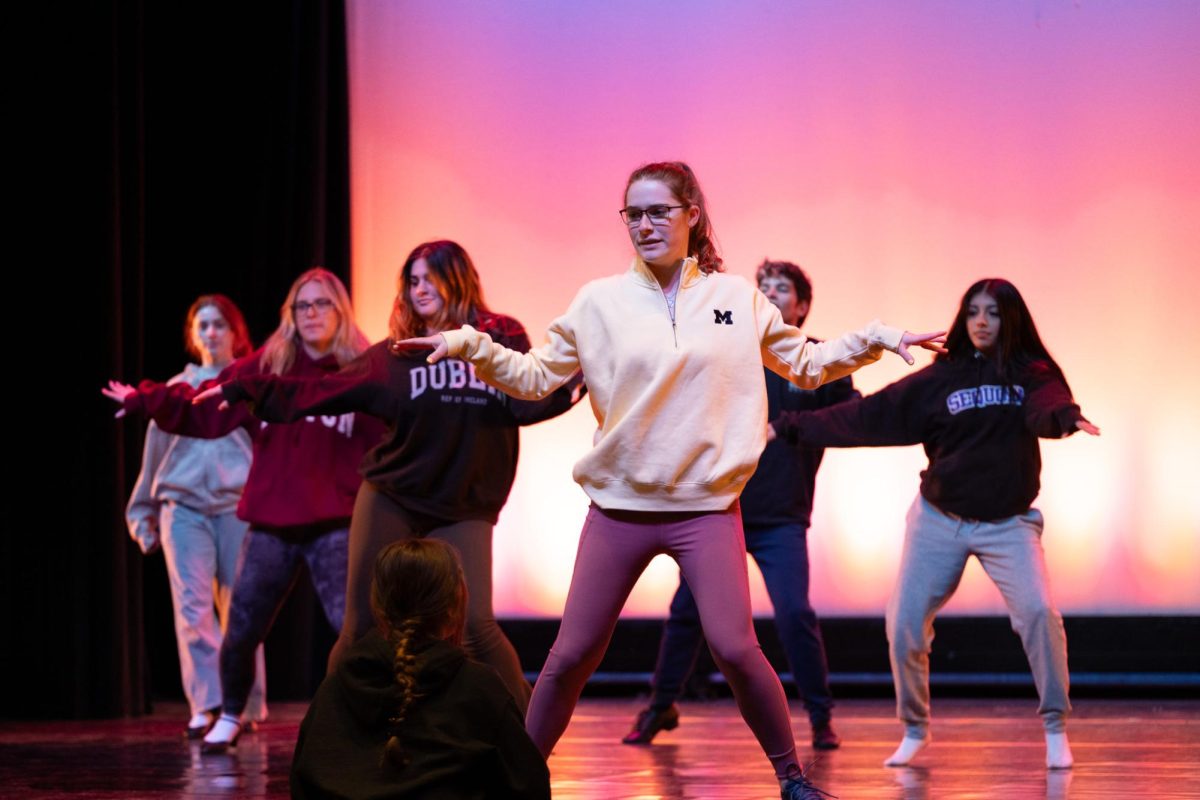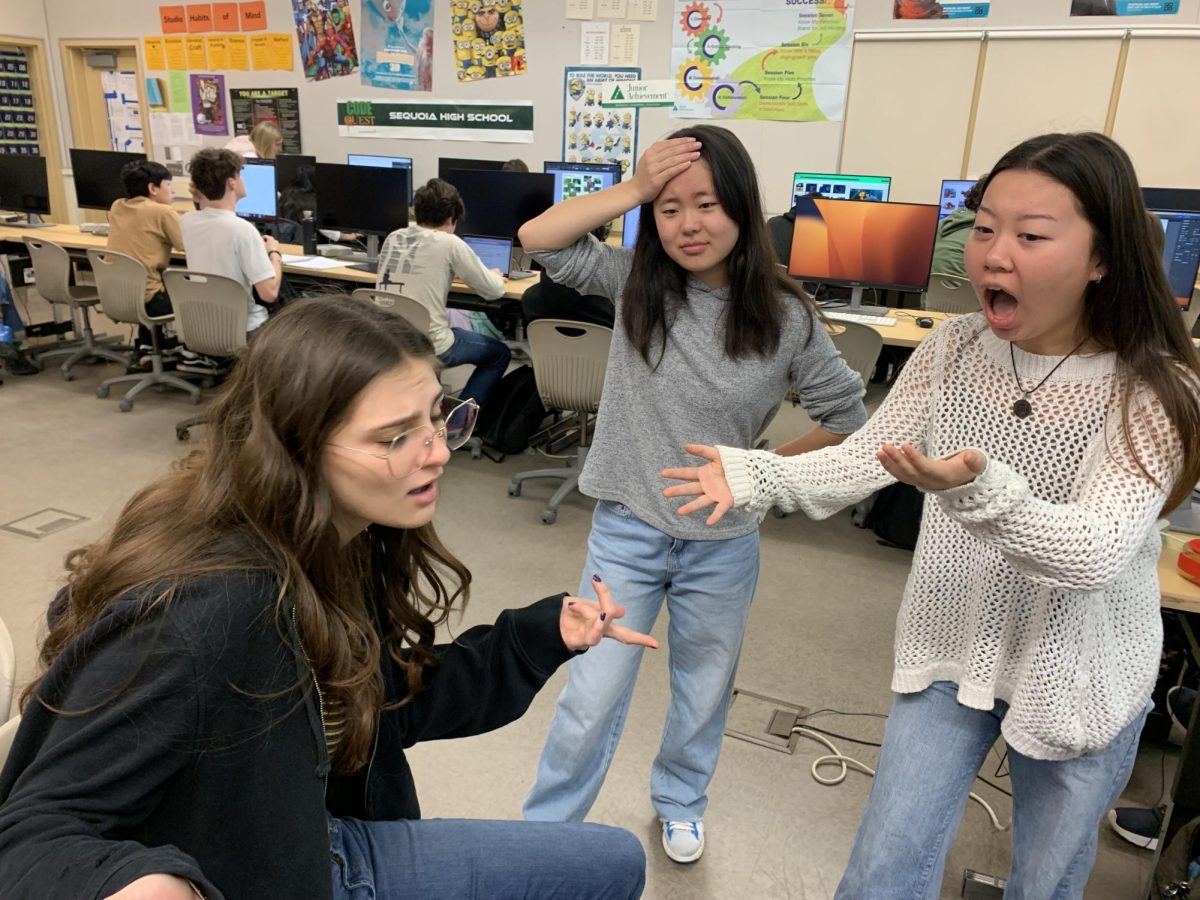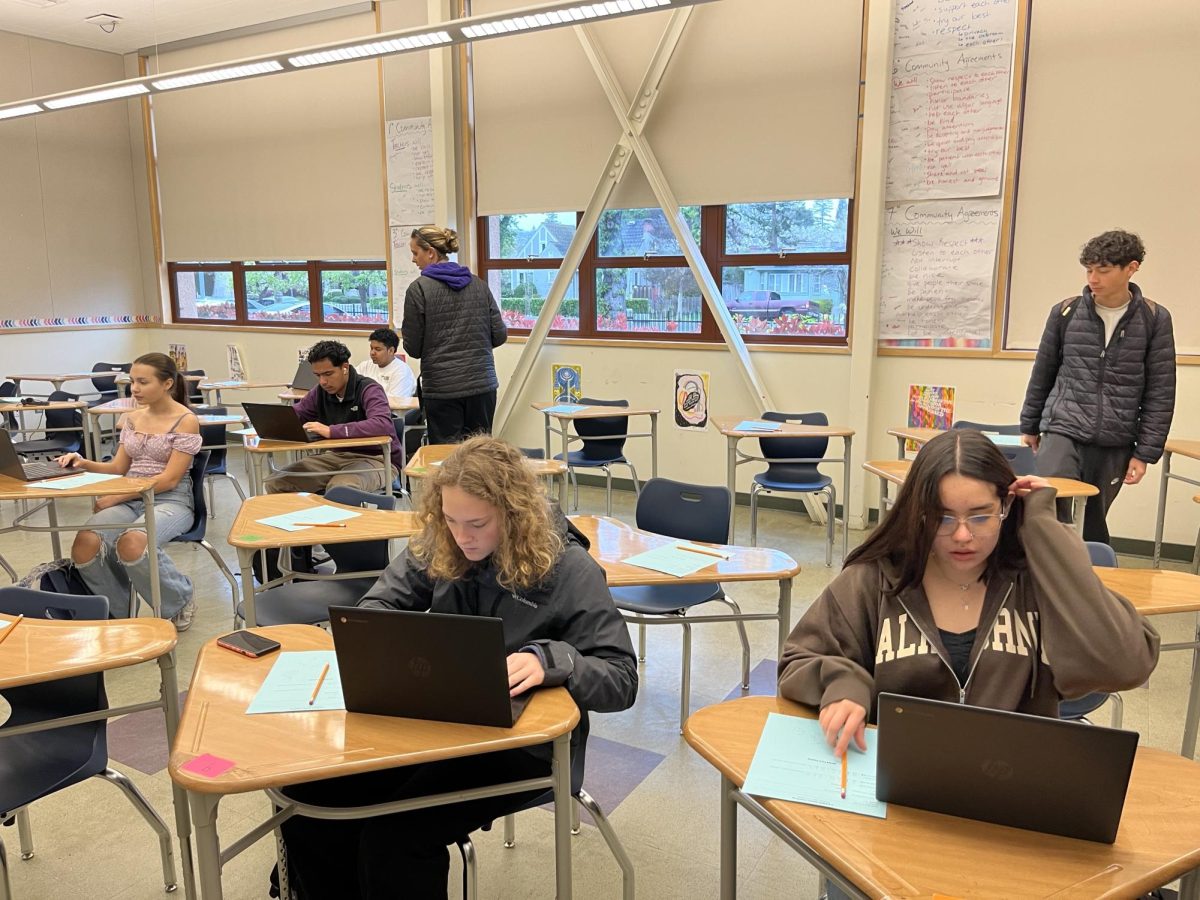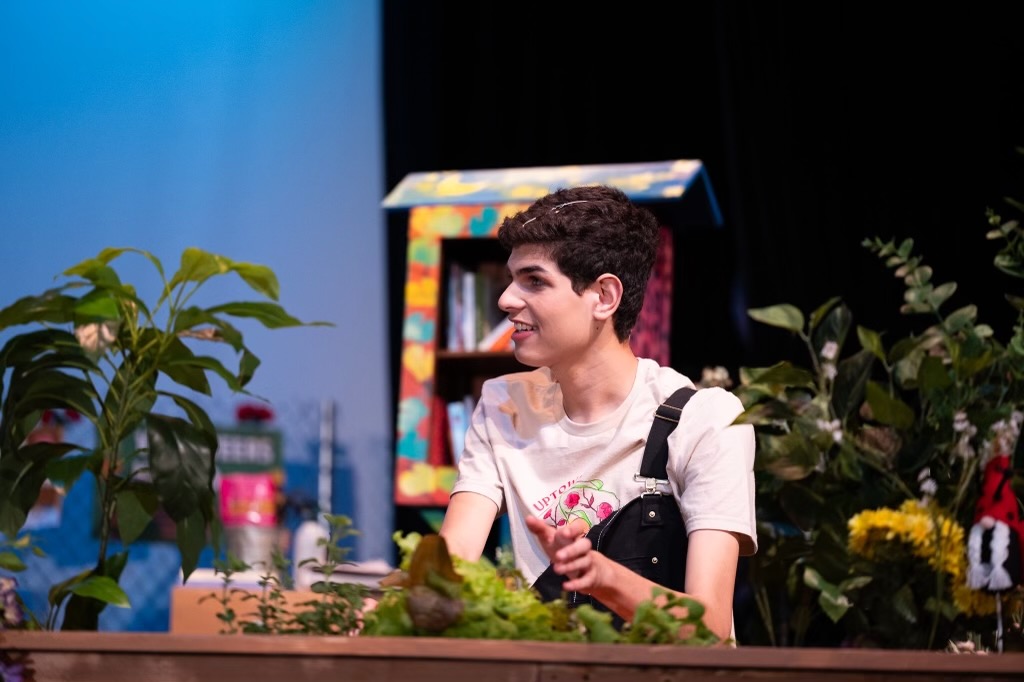Science-loving students travel to see total solar eclipse
August 23, 2017
As most Sequoia students sat in their second and third-period classes, several other students watched day become night in Oregon during the total solar eclipse.
One such student was senior Layne Stanley, who finds science, and space in particular, interesting. He decided to travel with his family to witness the phenomenon.
“I watch science shows almost every night,” Stanley said. “Watching an eclipse is something that I’ve always wanted to do. I watched a partial [solar] eclipse a few years ago, but this was a total one. That made it really amazing. We had about a minute of total coverage.”
Students who traveled to see the eclipse are not the only Sequoia students fascinated by the moon and sun. Many students who attended school Monday, like senior Sunaina Butler, also find eclipses exciting.
“I saw another partial one a few years ago,” she said, “but the fact that this one was a total eclipse in a lot of the United States made it really exciting. It’s great that I could get to see a big part of [an eclipse] even without traveling. I mean, I’d love to travel and see one, but I’m not sure when I could. My life is…crazy.”
Though Butler’s life was too crazy to travel for this eclipse, Stanley thought that it was worth it, even though he had to take a five-day journey out of state.
“It’s a pretty rare opportunity, and it’s my senior year. I don’t think I’ll have missed much. I just went to my teachers ahead of time and asked for the homework last week.”
As Stanley said, Total solar eclipses aren’t common: the next one will be in 2019 in South America, and the next one in the United states will be in 2024 and largely on the east coast.
“Yes, partial eclipses are relatively common,” science teacher Debolina Dutta said, “but total eclipses, and, in particular, ones that we can see from the United states, are not common. It’s pretty special.”





